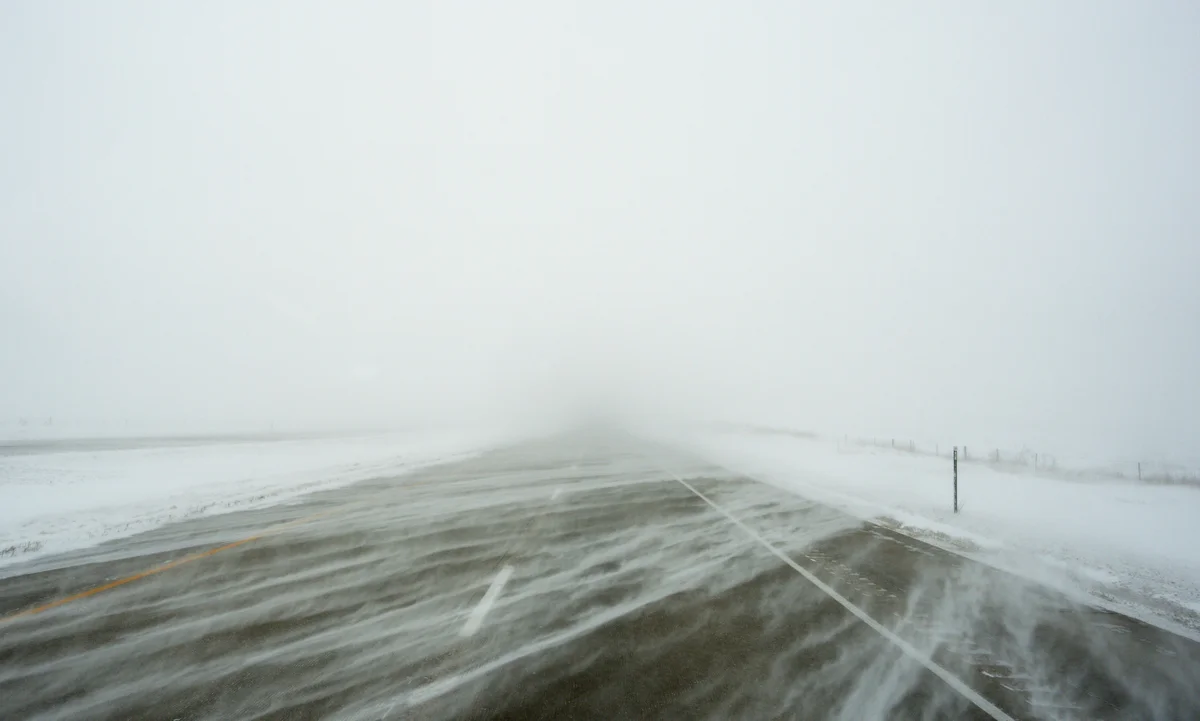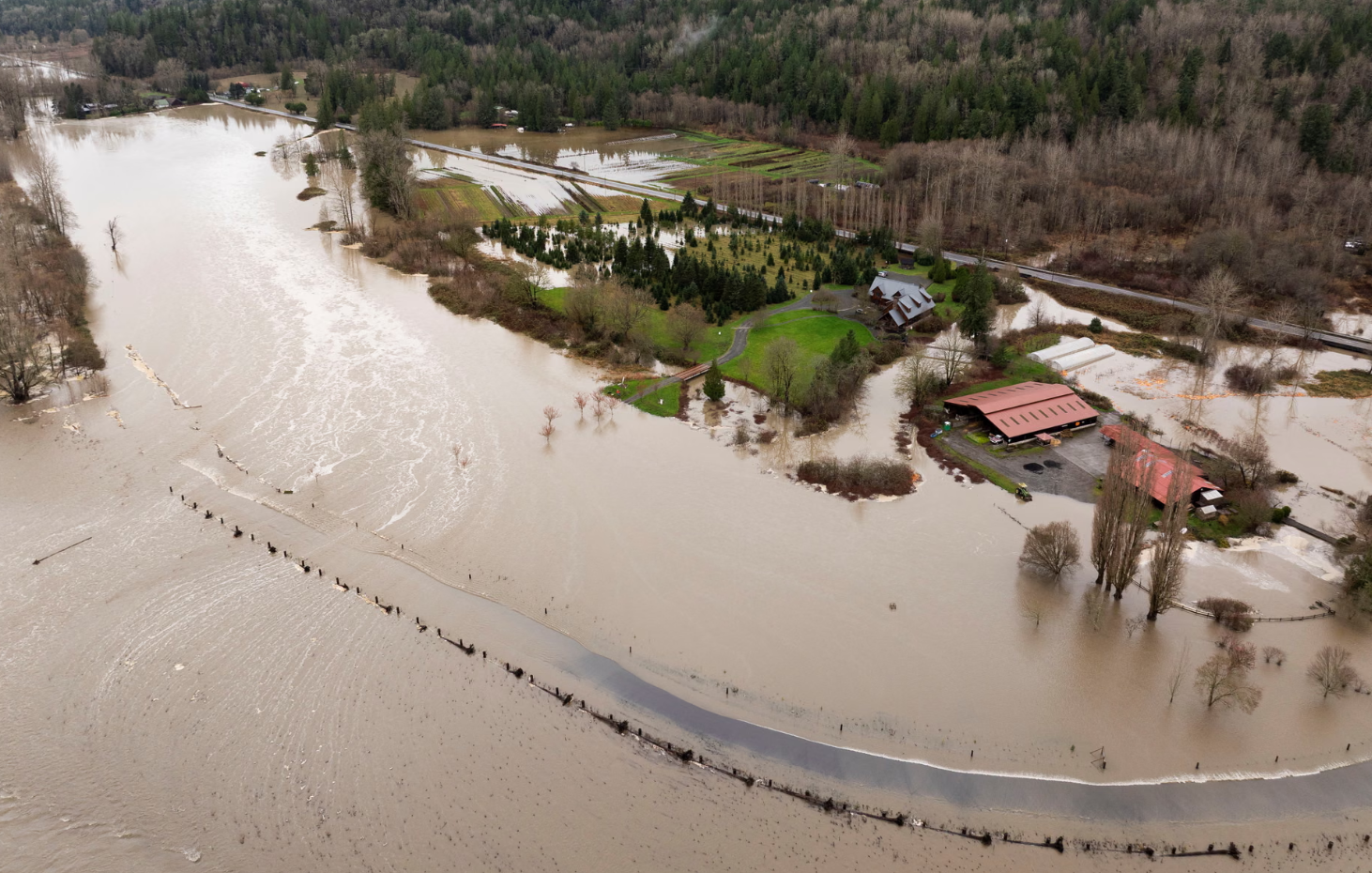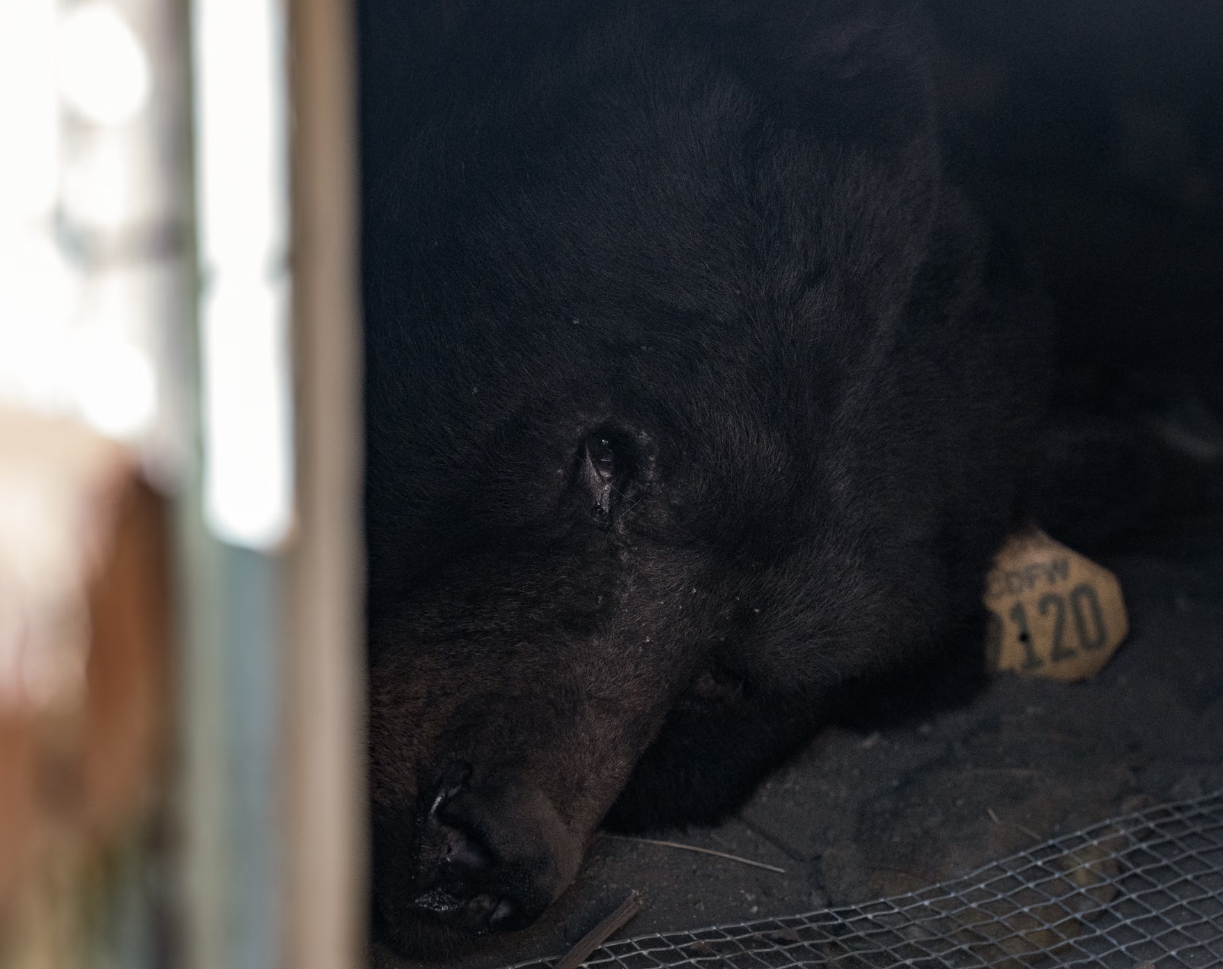State of emergencies issues in several states and cities as eastern two-thirds of country to experience dangerous cold
A major winter blast of snow, ice, wind and plunging temperatures in the US stirred dangerous travel conditions from central and southern states all the way to the East Coast early on Monday, prompting schools and government offices in several states to close.
Snow and ice blanketed major roads across Kansas, western Nebraska and parts of Indiana, where the state’s National Guard was activated to help stranded motorists. At least 8 inches (20 cm) of snow was expected, along with gusting winds up to 45 mph (72 kph).
The National Weather Service issued winter storm warnings affecting 60 million people from Kansas and Missouri all the way to New Jersey.
“For locations in this region that receive the highest snow totals, it may be the heaviest snowfall in at least a decade,” the weather service said.
Over the weekend, at least 600 motorists were stranded in Missouri, authorities said. Hundreds of car accidents were reported in Virginia, Indiana, Kansas and Kentucky, where a state trooper was treated for non-life-threatening injuries after his patrol car was hit.
Kentucky Gov. Andy Beshear, who declared a state emergency, said government buildings would be closed on Monday.
“We see far too many wrecks out there for people that do not have to be on the roads, so I want to ask: Stay inside,” the governor said.
Virginia State Police reported at least 135 crashes as the storm entered the state on Sunday. In Charleston, West Virginia, where several inches (cm) of snow had fallen by Sunday night, authorities urged motorists to stay home.
The polar vortex of ultra-cold air usually stays penned up around the north pole, spinning like a top. But sometimes it escapes or stretches down to the US, Europe or Asia – and that’s when large numbers of people experience intense doses of cold.
Studies show a fast-warming Arctic gets some of the blame for the increase in polar vortex stretching or wandering.
The storm was forecast to move then into the Ohio Valley, with severe travel disruptions were expected. It was expected to reach the mid-Atlantic states on Sunday into Monday, with a hard freeze even expected as far south as Florida.
Severe thunderstorms, with the possibility of tornadoes and hail, were also possible ahead of the storm system’s cold front as it crosses the Lower Mississippi Valley, the National Weather Service warned.
Governors in Missouri and nearby Arkansas have declared states of emergency, while whiteout conditions threatened to make driving dangerous to impossible, forecasters warned, and heighten the risk of becoming stranded.
The Kansas City international airport temporarily halted flight operations in the afternoon due to ice on Sunday. Dozens of flights were delayed, including a charter jet transporting the Kansas City Chiefs, before the runways reopened.
Several businesses closed across the Kansas City area, and the school district in suburban Independence, Missouri, said it might need to cancel classes for one or more days.
Starting on Monday the eastern two-thirds of the country were expected to experience dangerous, bone-chilling cold and wind chills, forecasters said. Temperatures could be 12 to 25F (7 to 14C) below normal as the polar vortex stretches down from the high Arctic.
Washington, DC was bracing for heavy snow and bitter cold on Monday, the same day the US Congress is set to meet and formally certify Republican Donald Trump’s election as president.
Republican House Speaker Mike Johnson told Fox News on Sunday the weather would not prevent lawmakers from carrying out their duties.
In Chicago, temperatures hovered Sunday in the teens (-7-10C) and dropped to 11 below (-11-7C) in International Falls, Minnesota, on the Canadian border.
The northeastern states are more likely to experience several days of cold after a mostly mild start to winter, said National Weather Service meteorologist Jon Palmer in Gray, Maine.
The cold air likely will grip the eastern US as far south as Georgia with parts of the East Coast experiencing single-digit lows, Palmer said.




